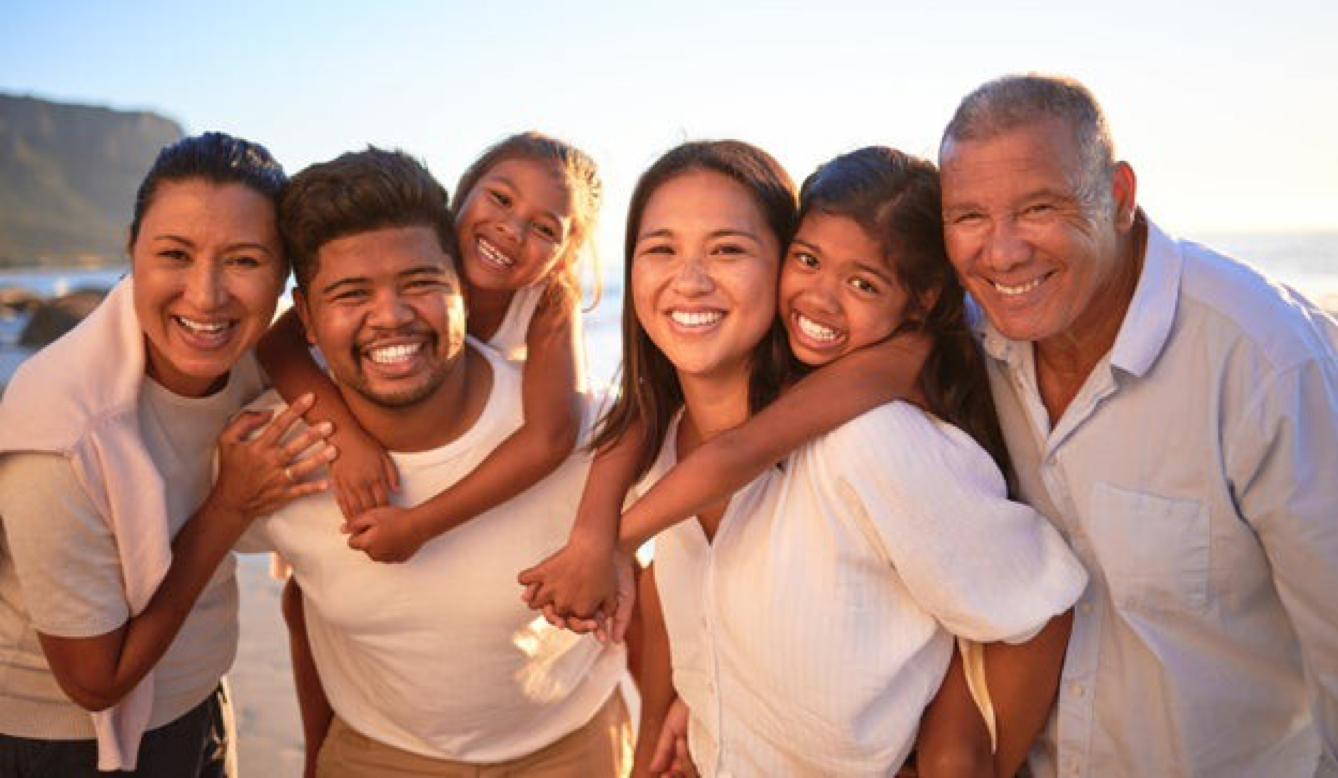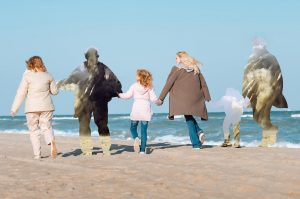It’s wild to think that I didn’t experience Trader Joe’s for the first 18 years of my life.
Hi! I’m Jen, and I was born and raised in Honolulu, Hawaii. I lived in the islands for the first 18 years of my life, until I moved to Los Angeles for college, and then New York for post-grad life.
I don’t think I could even fit all of the differences between Hawaii and the rest of the United States in this post alone, but I’ll start with the 15 biggest ones I could think of.
Before we get into the post, I want to disclaim that these are just general observations I’ve made over the years, and not all of these points will define everyone’s life experience, so please keep that in mind.
Without further ado, here are some of the biggest “culture shock” moments I had after moving to the mainland for the first time:
1. In Hawaii, I grew up surrounded by people who came from many different ethnic backgrounds and cultures. When I moved out of the state, I noticed that racial diversity was not as common as it was back home.
Hawaii ranked as the most racially and ethnically diverse state in 2022, which I’m really not that surprised about. Unlike most states in the US, Hawaii is predominantly Asian, and it is very common for someone to be two or more ethnicities.
However, when I moved to California and started to travel more within the continental United States, I noticed that there were so many white people, and not very many mixed race people. And it all checks out, because according to the 2022 US Census, more than 75% of the country identified as white alone, and only 3% of people as mixed race.
2. Another thing that shocked me was that so many Americans don’t understand the distinction between Native Hawaiians and Hawaii residents.
You might call someone who lives in New York a “New Yorker,” but that’s not the case for everyone who lives in Hawaii.
The Native Hawaiians, or Kānaka Maoli, are the group of indigenous people who lived in Hawaii before the land was colonized by foreigners. Therefore, it would be incorrect and disrespectful to call someone a Hawaiian if they don’t have Native Hawaiian ancestry.
Instead, you’d call someone who lives in Hawaii a “Hawaii resident.” Simple as that!
3. Back home, the poke is served fresh, and is usually eaten alone, with rice, or ‘ulu (breadfruit) chips. In most places on the mainland, poke is mixed in with lots of toppings like edamame, cucumber, and seaweed, and then drenched in sauce(s) of your choosing.
It’s no hate, but I will prefer Hawaii-style poke over the mainland style every time.
4. In California, they’re called flip flops. In Hawaii, they’re called slippers.
Back home, slippers are suitable for nearly every occasion. The beach, the state fair, the mall, the movies — you could wear them to all of these, and no one would bat an eye. When I went to college, I quickly learned that flip flops were not appropriate to wear all the time, especially at nicer venues, LOL.
5. There are so many squirrels in California. There are none in Hawaii.
The first time I saw a squirrel, I was so excited. I took a picture and texted it to my mom.
I also feel like a lot of people are freaked out by them and consider them rodents, which is weird, because I’ve always thought they looked so cute and cuddly. Don’t worry, though, I wouldn’t touch a wild squirrel.
6. Ikea, Trader Joe’s, Chipotle, and Panera Bread — they don’t have ’em in Hawaii.
I endured the first 18 years of my life without these things. What a simple life it was.
7. Free shipping, or in some cases, shipping at all, was a rarity in the islands.
I can’t tell you how many times I’ve tried to buy something online only to have the screen say, “We only offer shipping to the continental United States.” In hindsight, that probably saved me from a lot of unnecessary purchases.
8. Every state in the US observes daylight savings. Except Hawaii and Arizona.
I remember the pure confusion I felt after waking up one morning in Los Angeles and realizing the entire state had lost an hour of daylight. I mean, what a wild concept! We certainly did not have to change our clocks in Hawaii.
9. At high school and college graduations in Hawaii, there’s always a portion of the ceremony dedicated to giving graduates leis.
High school graduations are a HUGE celebration in Hawaii. It was very common for entire extended families, parents of friends, former teachers, and coworkers to come to your graduation and give you a lei.
The picture above is from my own high school graduation, and as you can see, we’re all just overwhelmed with the dozens of leis around our necks.
10. What do you call your best friend’s mom? In Hawaii, you’d call them “aunty.”
“Aunty” and “uncle” are used to refer to non-relatives who are older than you, and it’s a sign of respect. However, you wouldn’t call just anyone “aunty.” It would be used more for the people who you have some kind of connection to, even if it’s the cashier woman you see at the store everyday.
I haven’t really noticed anything similar in the continental US, but let me know if you do this, too.
11. Most people on the mainland think spam is nasty.
I mean, I understand why people wouldn’t like spam, to some degree. Straight out of the can, it’s not the most appetizing, but I’m convinced that those who dislike spam have never tried a spam musubi, pictured above. The spam is cooked in soy sauce or sometimes a teriyaki sauce, and is then placed on some rice and wrapped in nori, to mimic sushi. I swear it’s delicious.
12. The driving culture in Hawaii is a lot kinder than it is on the mainland.
If you’re a pedestrian crossing the street in Honolulu, you’ll usually wave “thank you” to the driver who’s waiting at the stoplight — yes, the driver is required by law to wait for you to cross the street, but in Hawaii, waving is the polite thing to do.
And unlike a big city like LA, for example, drivers will usually yield to incoming cars who are trying to merge into their lanes. I noticed that in California and New York, people aren’t going to wait for you to merge, and you’ve got to be a pretty aggressive driver in order to switch lanes and get off those freeways.
It’s also less common for people to honk their horns in Hawaii compared to other places. The only times people do that is when someone is really holding up traffic.
13. Back home, its pretty much an unspoken rule that you’d take off your shoes before entering someone’s home. On the mainland, I noticed that this is a lot less common.
And even in the scenario where you’re taking off shoes inside, you’re leaving your shoes near the front door, and walking barefoot — or with socks on — in the main areas of their house.
You could say I was baffled when I went to my roommate’s house in California for the first time, and saw that she was wearing her sneakers on her bedroom carpet.
14. This might only apply to states where it gets cold, but I had no idea that there was such a thing as a “snow day.”
My 10-year-old self would’ve LOVED missing a few school days here and there because of a snowstorm.
15. And finally, in Hawaii, they’re called Aloha shirts, and it’s pretty common for people to wear them to work and semi-formal events.
Although, the Aloha shirts people wear to work usually aren’t sprayed with tacky neon colors like the “Hawaiian shirts” people wear as a costume. The colors and prints on a real Aloha shirt are usually pretty muted and elegant, like the one pictured above!
What do you think? Let me know in the comments!




